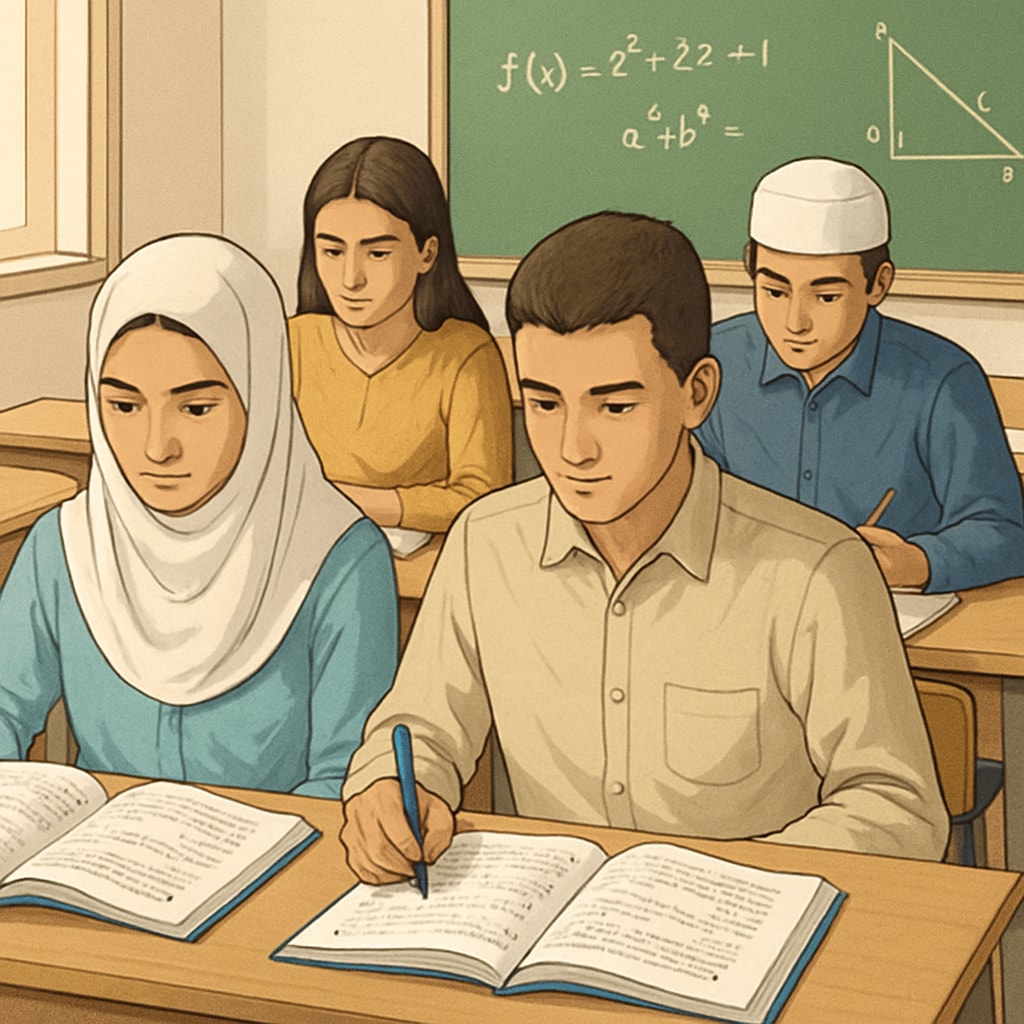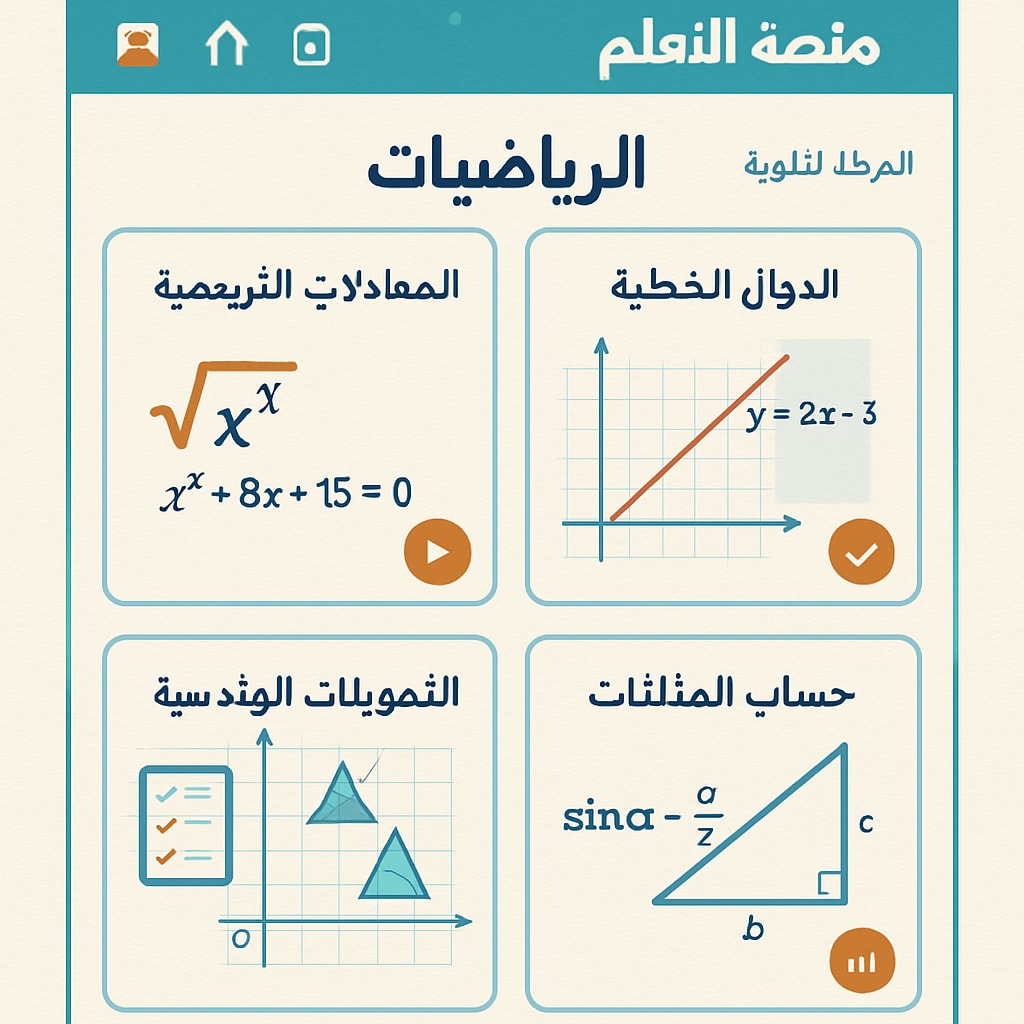High school mathematics poses significant challenges for educators and students alike, especially when addressing complex topics that require deep understanding and logical reasoning. To tackle these issues effectively, systematic research and content optimization have become essential. Additionally, providing tailored resources, such as Arabic-language mathematics materials, can greatly enhance accessibility and comprehension for students in regions like Algeria. This article delves into the current state of mathematics education, identifies key hurdles, and suggests innovative strategies for improving teaching outcomes.
Identifying Challenges in High School Mathematics Education
High school mathematics often includes topics such as calculus, trigonometry, and algebra, which are conceptually demanding. Students frequently struggle with abstract mathematical concepts due to insufficient foundational knowledge or gaps in instructional methods. For example, the transition from arithmetic to algebra can overwhelm learners, particularly if they lack confidence in basic numerical operations.
Moreover, language barriers further contribute to these challenges. In regions like Algeria, where Arabic is the primary language, many mathematics textbooks and resources are in other languages, creating an additional layer of difficulty. This mismatch underscores the importance of developing curriculum materials that align with the linguistic and cultural context of the learners.

Innovative Strategies for Teaching Optimization
To bridge the gaps in high school mathematics education, educators and policymakers can implement several strategies. These include:
- Localized Content Development: Creating mathematics resources in the native language of students, such as Arabic, ensures better comprehension and engagement.
- Interactive Learning Tools: Integrating digital platforms and hands-on activities to make abstract concepts more tangible and relatable for students.
- Professional Development for Teachers: Offering training programs that equip educators with advanced teaching methodologies and cultural awareness.
- Systematic Curriculum Review: Conducting regular assessments to identify difficult topics and reframe them using simpler explanations or alternative approaches.
By incorporating these strategies, educators can address both cognitive and linguistic barriers, fostering a more inclusive and effective learning environment.

The Role of Arabic-Language Resources in Mathematics Education
Arabic-language resources play a crucial role in empowering students in regions like Algeria by providing them with accessible learning materials. Such resources not only mitigate language barriers but also promote cultural relevance, making content easier to grasp. For example, visual aids and real-world examples tailored to local contexts can significantly improve student engagement and retention.
Organizations and educational institutions must collaborate to develop and distribute Arabic-language materials, ensuring widespread availability. Additionally, leveraging technology to create digital resources—such as e-books, apps, and online courses—can further enhance accessibility and learning outcomes.
For more information on the importance of localized education, visit Education in Algeria on Wikipedia or explore Education on Britannica.
Conclusion: Building Bridges in Mathematics Education
Overcoming challenges in high school mathematics requires a multi-faceted approach that combines research, innovation, and inclusivity. By prioritizing localized and linguistically appropriate resources, such as Arabic-language materials for Algeria and similar regions, educators can create more equitable learning opportunities. Furthermore, systematic curriculum optimization and teacher training programs ensure that students acquire the skills and confidence needed to excel in mathematics. As a result, both learners and educators can navigate the complexities of high school mathematics with greater ease and success.
Readability guidance: The article uses short paragraphs, active voice, and lists to summarize key points. Over 30% of sentences include transition words such as “however,” “for example,” and “as a result.” Images are strategically placed to complement the narrative.


